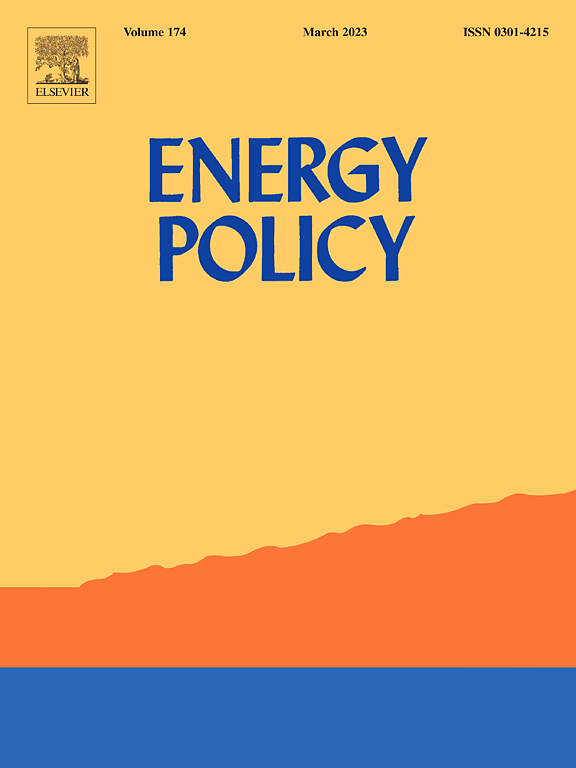Federal priorities are increasingly favoring the replacement of conventional sources of energy with renewable energy. With the potential for a federal Renewable Electricity Standard (RES) legislation, many states are seeking to intensify their renewable energy generation. The demand for wind, solar, geothermal and bio-fuels-based energy is likely to be rapidly expressed on the landscape. However, local zoning and NIMBYism constraints slow down the placement of renewable energy projects. One area where land constraints may be lower is brownfields; whose development is currently constrained by diminished housing, commercial, and industrial property demand. Brownfield sites have the potential for rapid renewable energy deployment if state and national interests in this area materialize. This study investigates the application of renewable energy production on brownfield sites using Michigan as a case study. Wind and solar resource maps of Michigan were overlaid with the brownfield locations based on estimates of brownfield land capacity. The total estimated energy potential available on Michigan’s brownfield sites is 4320 megawatts (MW) of plate capacity for wind and 1535for solar, equating to 43% of Michigan’s residential electricity consumption (using 30% capacity factor). Estimated economic impacts include over $15 billion in investments and 17,500 in construction and long-term jobs.
Potential Application of Renewable Energy on Brownfield Sites A Case Study of Michigan
Citation:
Adelaja, Soji, Judy Shaw, Wayne Beyea, and Charles McKeown. “Potential Application of Renewable Energy on Brownfield Sites A Case Study of Michigan.” Land Policy Institute, 2009. https://doi.org/10.1016/j.enpol.2010.07.021
- Related “Report: Use Michigan ‘brownfields’ as energy parks.” chicagotribune.com, January 2009.
